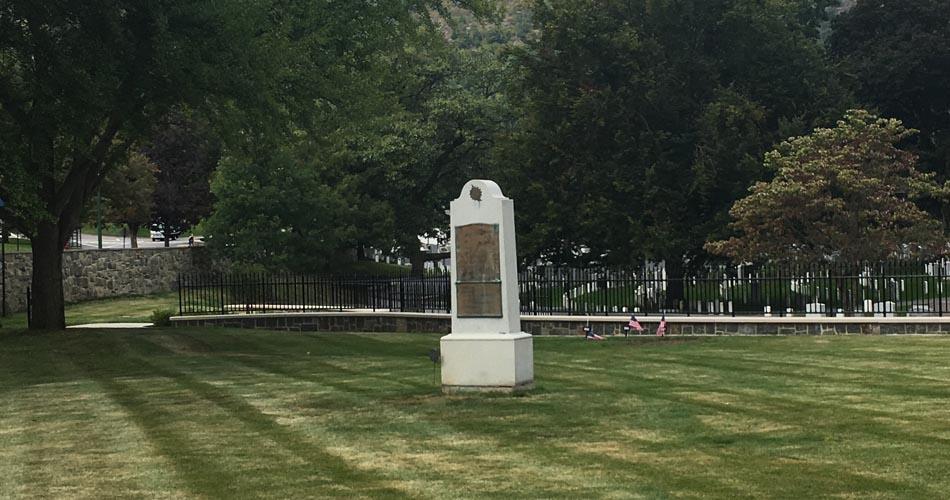One Revolutionary War patriot who holds a special place in many DAR members’ hearts is Margaret Cochran Corbin – nicknamed by her contemporaries and known in perpetuity as “Captain Molly.” DAR highlights her enduring legacy every year during Continental Congress when presenting the Margaret Cochran Corbin Award to a distinguished woman in military service. The award honors both historic efforts of this female patriot and a contemporary woman whose own military service carries on the selfless spirit of Margaret Corbin.
Margaret Corbin’s husband served as an artilleryman during the Revolutionary War and she accompanied his regiment as a camp follower. During the Battle of Fort Washington in November 1776, her husband was mortally wounded and she took his place on the firing line and worked the artillery with the other soldiers. A Congressional resolution dated 6 July 1779 suggests that Margaret saw significant action at the battle as a combatant. She sustained debilitating wounds to her shoulder and breast and was captured by the British following the battle. Paroled shortly after her capture, she was assigned to the Corps of Invalids at West Point. Her wounds were so severe that she likely lost use of her arm and remained disabled and in pain for the rest of her life.

 Today's DAR
Today's DAR




